| 安规论坛 | 仪器设备 | 求职招聘 | 国家标准 | 公告 | 教程 | 家电 | 灯具 | 环保 | ITAV | 签到 充值 在线 打卡 设备 | 好友| 帖子| 空间| 日志| 相册 | ||||
| IP淋雨机 | 证书查询 | 规范下载 | 资质查询 | 招聘 | 考试 | 线缆 | 玩具 | 标准 | 综 合 | 红包 邮箱 打卡 工资 禁言 | 分享| 记录| 道具| 勋章| 任务 |
|
水平垂直燃烧机 | 针焰 | 灼热丝 | 漏电起痕 IP防水防尘设备|拉力机|恒温恒湿|标准试验指 灯头量规|插头量规|静风烤箱|电池设备|球压 |
万年历 | 距劳动节还有13天0小时10分57秒 自2007年5月10日,安规网已运行 6552天 2025年4月17日 星期四 下午 11 点 49 分 02 秒 |



 窥视卡
窥视卡 雷达卡
雷达卡 发表于 2012-9-9 15:40
发表于 2012-9-9 15:40
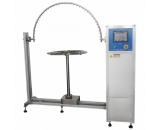

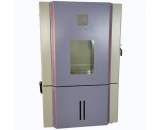

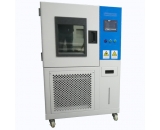

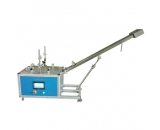

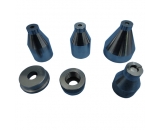






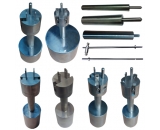
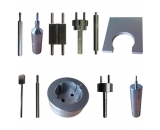
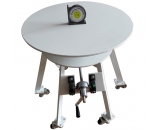
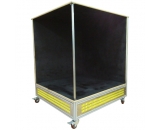

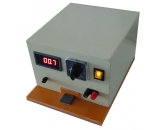
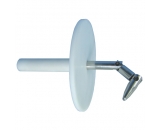
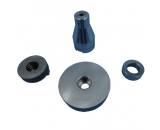
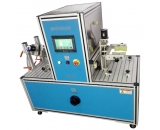
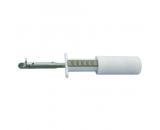
 提升卡
提升卡 置顶卡
置顶卡 沉默卡
沉默卡 喧嚣卡
喧嚣卡 变色卡
变色卡 抢沙发
抢沙发 千斤顶
千斤顶 显身卡
显身卡













